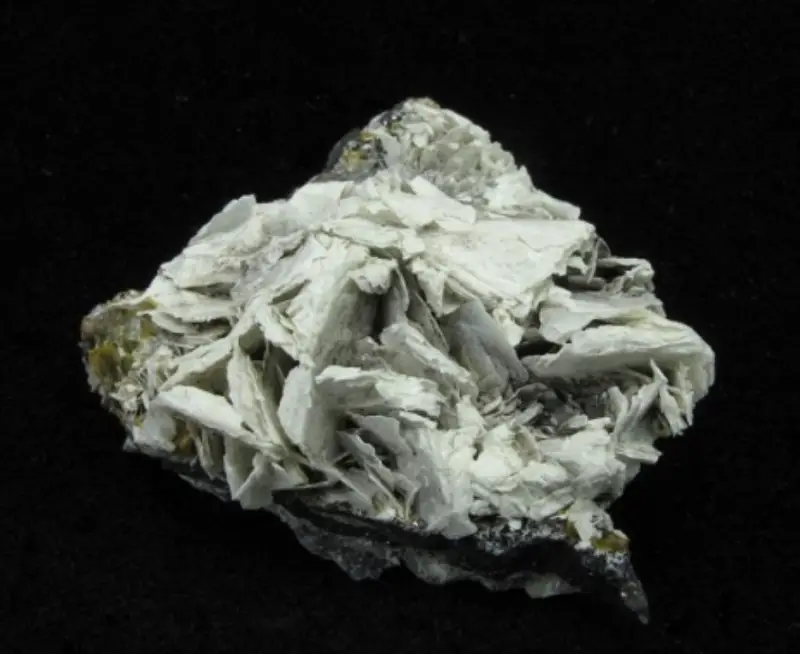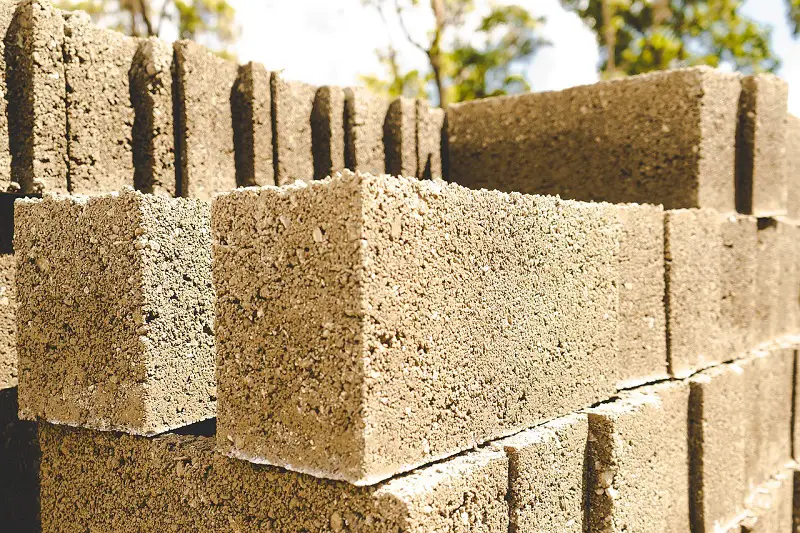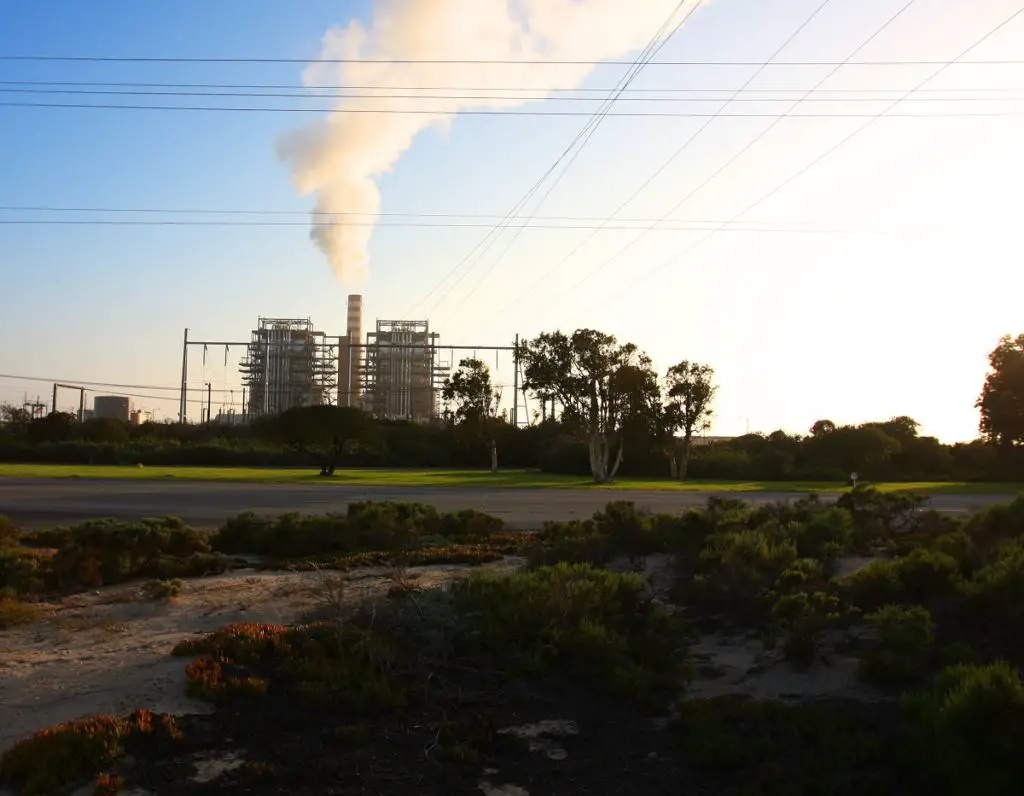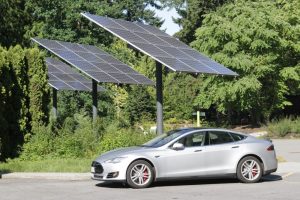Researchers from the University of California, Los Angeles (UCLA), have developed a new technology that recycles “waste CO2” into blocks of concrete.
The research team plans to carry out a three-month demonstration of the technology at the Wyoming Integrated Test Center. The test facility is part of the massive Dry Fork power plant near the town of Gillette.
The researchers intend to tap half a ton of CO2 each day from the plant’s flue gas. The members of the team expect their technology to produce 10 tons of concrete daily during the demonstration period.
Contents
“First of a Kind Tech”
“We’re building a first-of-a-kind system that will show how to do this at scale,” says Gaurav Sant, a civil engineering professor who leads the team.
The team, collectively called Carbon Upcycling UCLA, is one of 10 groups competing in the final round of the NRG COSIA Carbon XPrize.
The global competition aims to develop technologies for converting carbon emissions into valuable products. In all, four finalists are demonstrating projects in Wyoming. Five more are in Alberta, Canada.
The UCLA system is unique among green concrete technologies because it doesn’t require capturing and purifying CO2 emissions from power plants. That process can be expensive.

Intent on Commercialization
The UCLA team’s technology revolves around portlandite – or calcium hydroxide. The compound is combined with aggregates and other ingredients to produce the initial building element.
That element then goes into a reactor, where it comes in contact with the flue gas emerging from a power plant’s smokestack. The subsequent reaction forms a solid building component similar to concrete.
Sant said his team’s technology is the only one so far that uses the flue gas stream directly. The group has already formed a company, CO2Concrete, to commercialize the technology.

Raising Revenues
The typical cement manufacturing process leaves a particularly big carbon footprint. Manufacturers make the material by heating limestone with other constituents.
The resulting chemical reactions release significant amounts of CO2 into the atmosphere. The emissions from the energy-intensive kilns in which the materials are combined add more.
The world produces around four billion tons of cement every year. The global cement industry generates about 8 percent of the total CO2 emissions generated by human activity.
By turning waste CO2 into something marketable, entrepreneurs can raise the revenues they need to scale their technologies, says Giana Amador, managing director of Carbon180.
Amador’s non-profit organization is based in Oakland, California. Carbon 180 forms partnerships with policymakers, scientists, and industries in an effort to reduce the world’s carbon emissions.

“Winning is great, but…”
The potential global market for waste CO2 products could run as high as $5.9 trillion a year, according to Carbon180. Some $1.3 trillion of that total would include cement, concretes, asphalts, and aggregates.
Amador cites the growing worldwide demand for building materials, and a rising movement within the US and other countries, to reduce construction-related emissions.
“The cement industry is one that’s really difficult to decarbonize, and we don’t have a lot of cost-effective solutions today,” Amador told IEEE Spectrum recently. Carbon “utilization” projects, she added, can start to fill that gap.
In September, the UCLA team will learn if they’ve won the $7.5 million Carbon XPrize. But Sant says he’s not too worried about the outcome.
“Winning is great, but what we’re really focused on is making a difference and commercialization,” he says.






